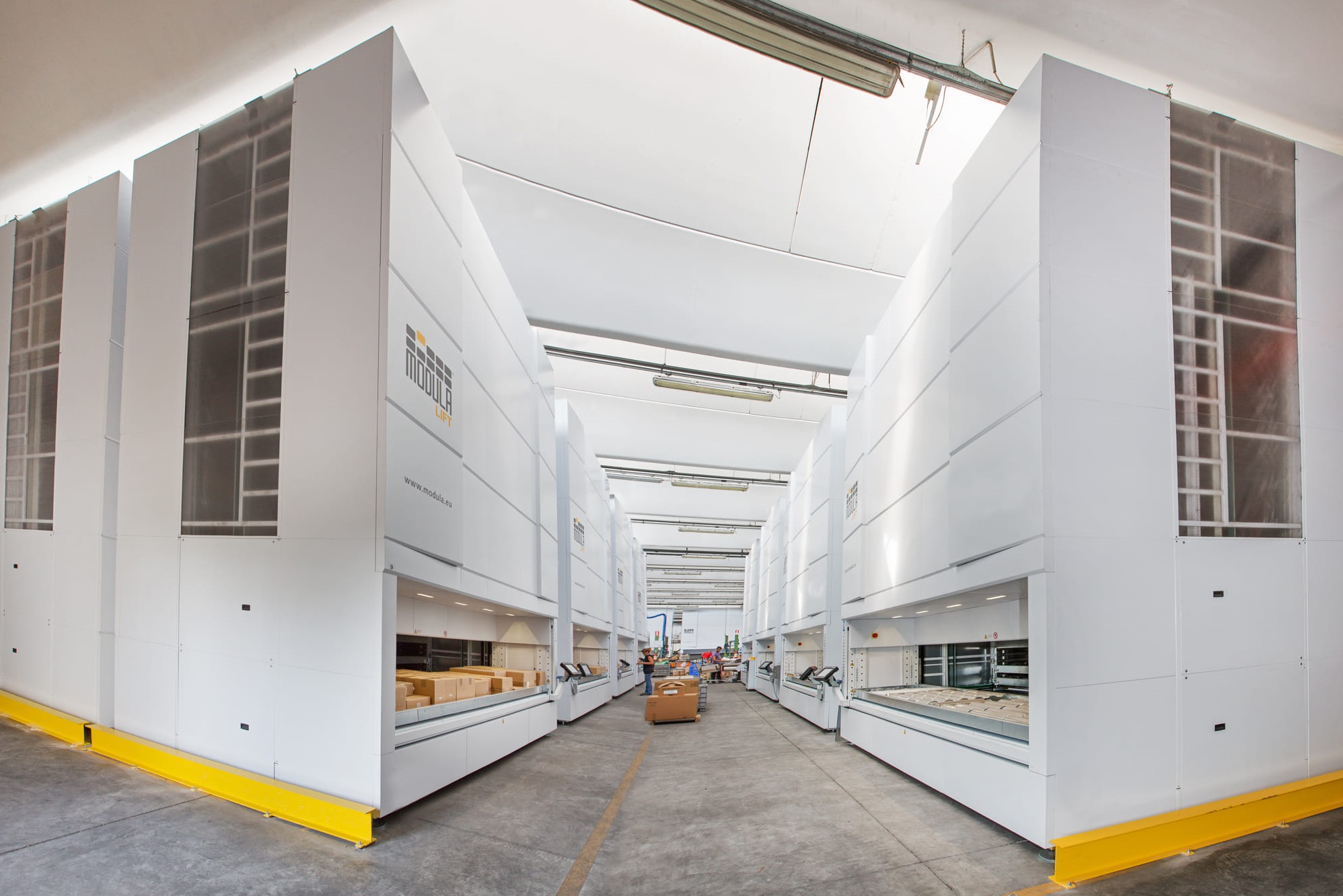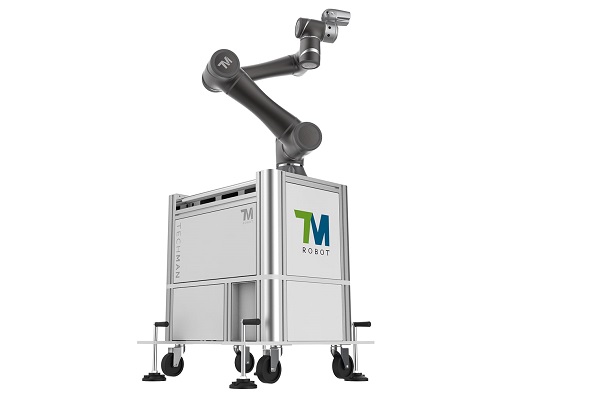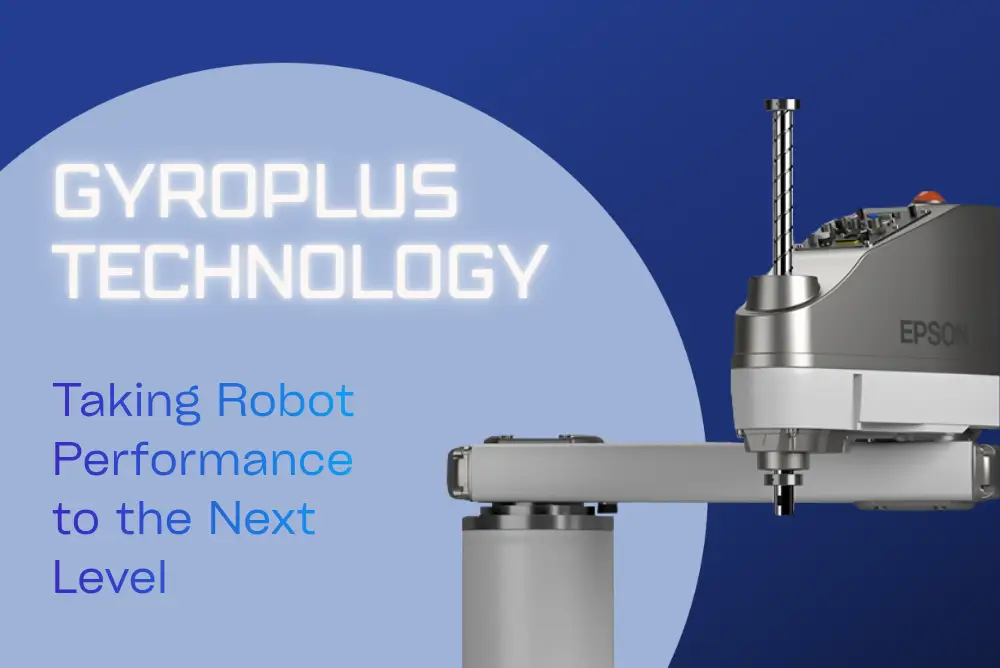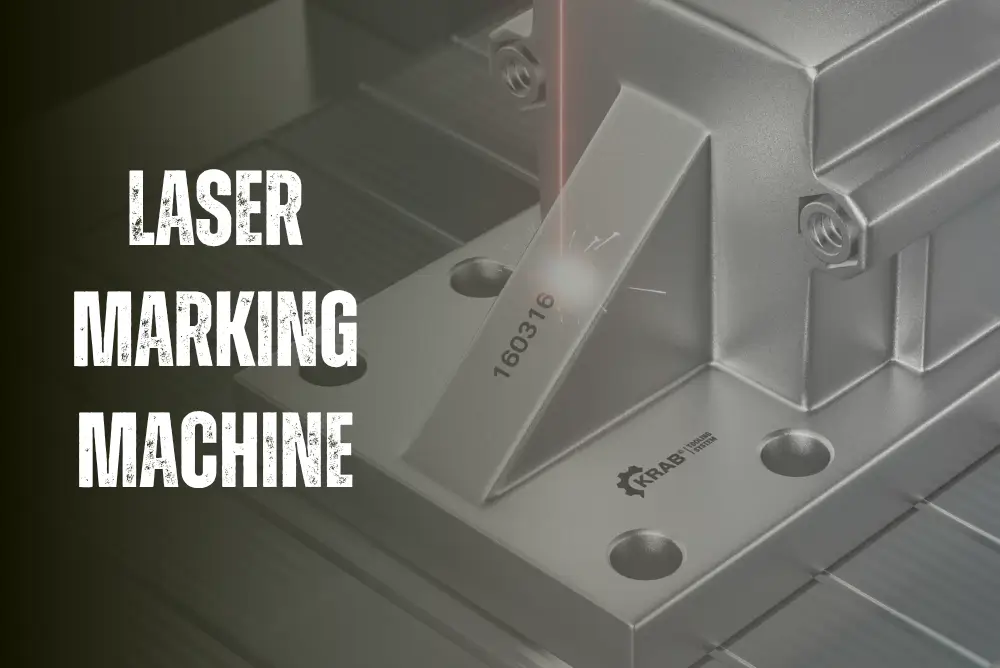With the continuous advancement of technology, electronic devices are being manufactured with higher component density and greater complexity. This development has made controlling electrostatic charge levels on production lines a critical issue that cannot be overlooked.
Moreover, electronic devices have permeated all aspects of daily life, from household appliances to the cutting-edge automotive industry. Static electricity can have severe consequences in production processes, such as damaging components—especially sensitive ones—or disrupting equipment operations. As a result, implementing ESD protection measures is no longer optional but has become mandatory in all modern manufacturing processes.
What is ESD?
ESD (Electrostatic Discharge) refers to the transfer of electrical current between two conductive objects when there is a difference in electric potential. This phenomenon often occurs when a charged conductor, such as the human body, comes into contact with plastic surfaces or gets close to electronic components in dry environments. ESD can lead to severe problems in the electronics manufacturing industry, including equipment malfunctions or even permanent damage to electronic components.
In recent years, the electronics industry has miniaturized components to enhance processing speed and optimize energy efficiency. However, this has also led to a decrease in their ESD resistance, making them more vulnerable to damage. Consequently, the frequency of ESD-related failures has significantly increased, forcing manufacturers to conduct stringent on-site inspections of component suppliers. This issue is particularly critical in the automotive industry, which employs numerous low-ESD-resistant components, requiring constant monitoring and evaluation to ensure quality and safety.
Given these challenges, adopting robust ESD control measures has become more important than ever. Such measures are not just about safeguarding components but also about ensuring the long-term reliability and quality of finished products. For manufacturers, implementing effective ESD prevention strategies is a critical step in maintaining competitive, modern production standards.
Applications of ESD Protection Products Across Industries
ESD protection products play a crucial role in many modern industries. They are regarded as effective solutions for safeguarding electronic components, minimizing damage, and enhancing production quality. Below is a breakdown of how ESD protection is applied in various sectors:
1. Automotive Industry
- Fuel control module assembly lines
- Brake control module assembly lines
- MCU lines for HEV/EV battery control
2. Vehicle Navigation Sector
- PCB assembly and testing lines
- Product assembly and testing lines
3. Mobile Phone Manufacturing
- Camera module testing lines
- PCB assembly and testing lines
- Base station and switchgear production lines
4. Computer and PC Manufacturing
- PCB assembly lines
- Hard disk drive (HDD) assembly and testing lines
5. Semiconductor Industry
- Wafer processing lines
- Chip die and testing lines
6. Display Assembly Industry
- LED backlight assembly lines
Why Choose MTS ESD Barcode Scanners?
Most ESD protection products on the market today use a method that incorporates high-conductivity carbon into the manufacturing process to minimize static electricity buildup. Carbon is blended with base materials like ABS to create antistatic properties on the surface of the product. However, when applied to complex devices like barcode scanners, this method has revealed several shortcomings.
Barcode scanners have intricate structures that require high precision. Unfortunately, blending carbon evenly with ABS during molding is difficult, resulting in inconsistent surface resistivity. This reduces the effectiveness of the ESD protection, compromising the safety of electronic components and potentially shortening the device's lifespan. Mars Tohken’s ESD barcode scanners offer a solution to these limitations
Advantages of Mars Tohken ESD Barcode Scanners
Recognizing these challenges, Mars Tohken developed a groundbreaking line of ESD barcode scanners utilizing innovative, carbon-free materials. These scanners address the drawbacks of traditional methods while offering the following benefits:
1. Carbon-Free Materials
Mars Tohken barcode scanners are made with advanced materials that do not contain carbon, ensuring consistent resistivity across the surface. This enhances antistatic performance and guarantees better protection for sensitive components.
2. Minimized Ionic Contamination
Designed to prevent the release of harmful ions, these scanners are ideal for electronics production lines where strict ESD control is required. This feature ensures safer operations for highly sensitive environments.
3. Low Outgassing
The use of environmentally friendly materials significantly reduces harmful emissions during use, meeting rigorous environmental and safety standards. This makes Mars Tohken scanners suitable for modern high-tech production lines.
Mars Tohken's ESD barcode scanners
Key Differentiators of Mars Tohken ESD Barcode Scanners
Mars Tohken's ESD barcode scanners stand out due to their integration of advanced technology and materials, combining exceptional performance with environmental sustainability. Here are the features that make them unique:
1. Surface Resistivity (10⁵ Ω)
Surface resistivity is critical for controlling static electricity in conductive or insulating materials. With a resistivity value of 10⁵ Ω and rubberized grips on the body, these barcode scanners effectively prevent static voltage accumulation that could harm sensitive electronics. This resistivity level meets high industry standards for antistatic materials..
2. Instant Discharge Time (0 Seconds)
Mars Tohken scanners boast immediate static voltage dissipation, reducing voltage from 1200V to 10V in 0 seconds. This capability is critical in environments requiring rapid discharge and optimal ESD control.
3. Fast Friction Voltage Reduction
When tested with a nitrile grip at a 30-degree angle, the friction voltage of the scanner started at 2V and dropped to 0V within 5 seconds. This demonstrates excellent ESD control, ensuring a safe working environment.
4. Carbon-Free Innovation
This is a defining feature of Mars Tohken’s ESD barcode scanners. By using carbon-free materials, the scanners meet sustainability and environmental standards, reducing harmful impacts while maintaining stable resistivity for enhanced antistatic performance.
Mars Tohken's ESD barcode scanners are comprehensive solutions for demanding modern production environments. Their advanced technology and superior design ensure effective ESD protection, durability, and safety in challenging conditions. Below are some highlighted models:
Handheld Code Scanner 1D & 2D Mars Tohken | MCR-H200-ESD/ MCR-H200HD-ESD
Handheld Code Scanner 2D Mars Tohken MCR-H700/710/720-ESD
Temas is the official distributor of Mars Tohken (Japan), providing advanced Auto-ID and traceability solutions. With these ESD barcode scanners, Temas brings cutting-edge technology to the forefront of modern manufacturing.
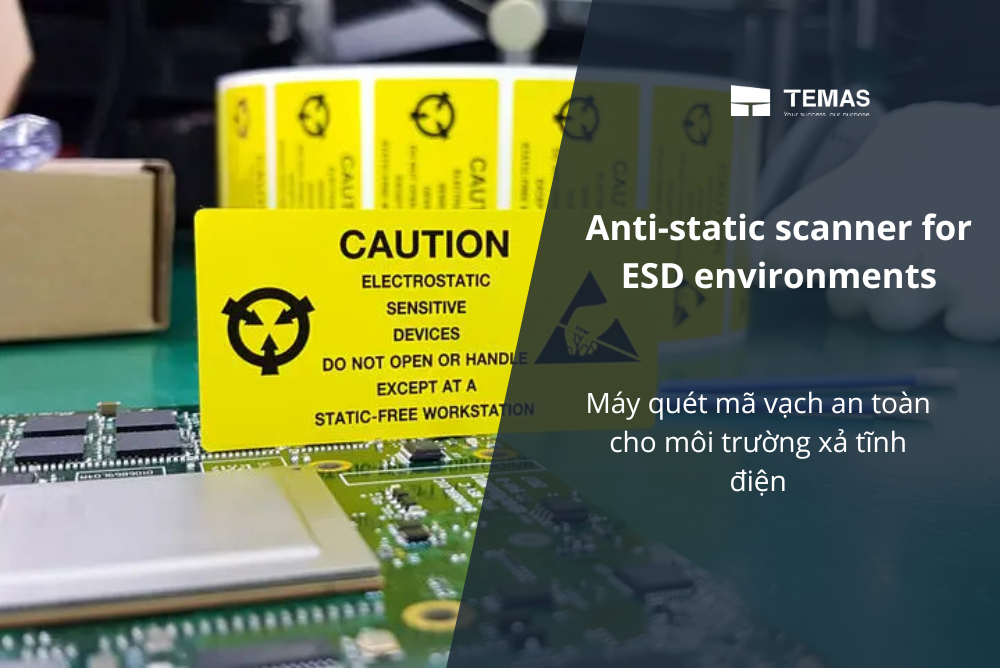
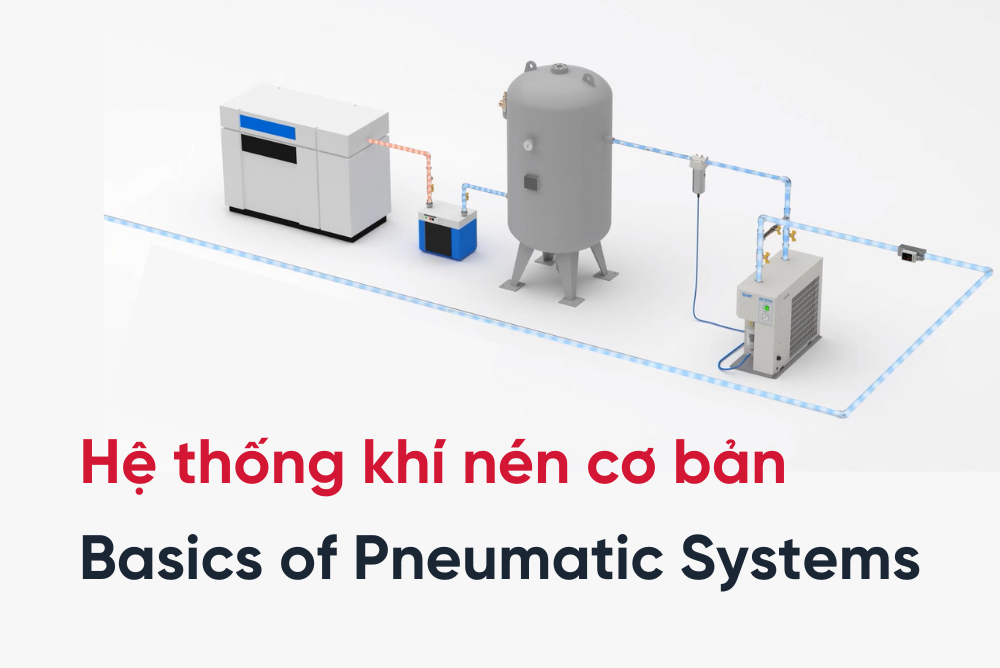
 Read more
Read more
